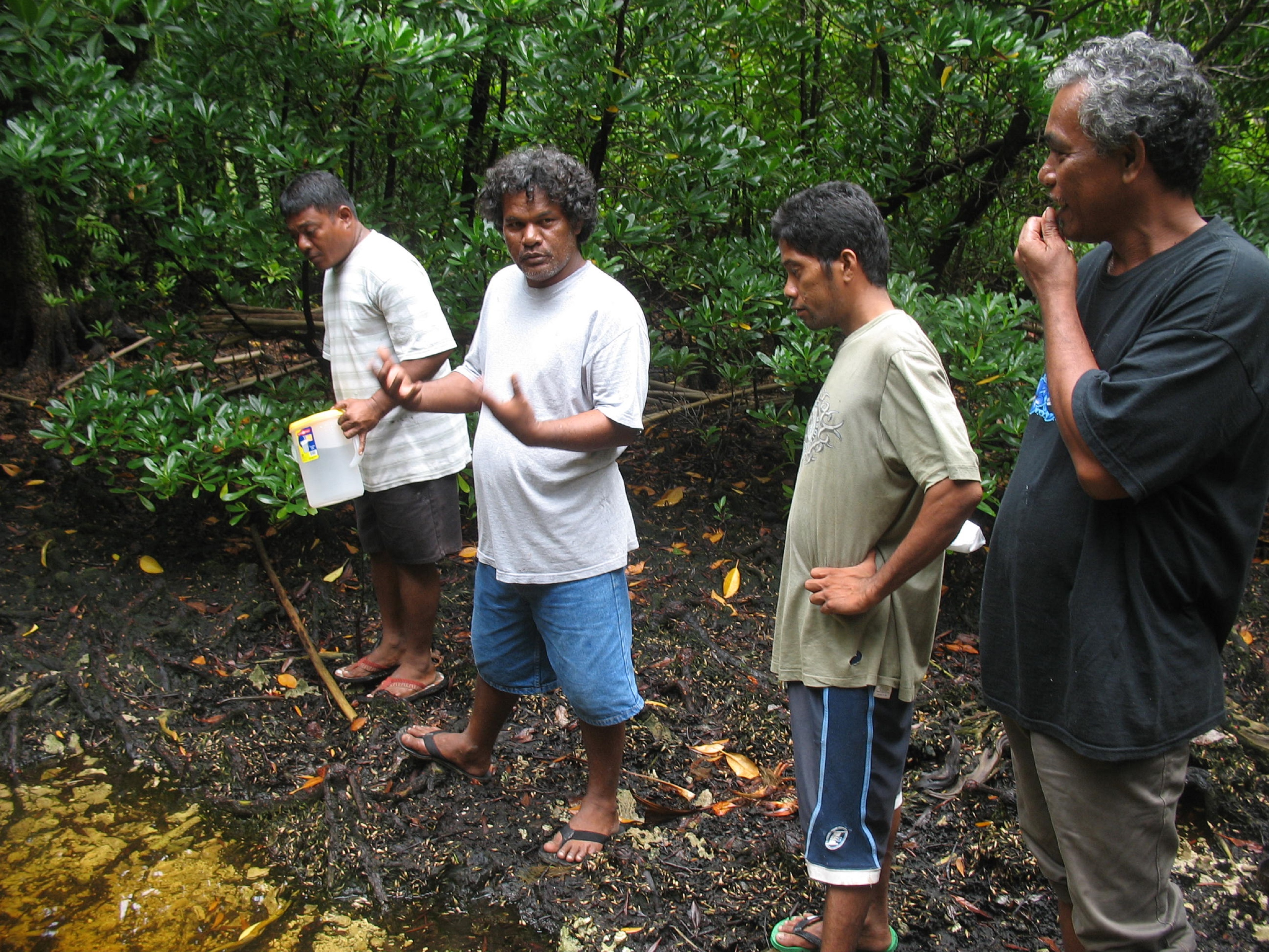
Community Based Management resources
Global Fishing Watch
Global Fishing Watch is the product of a technology partnership between SkyTruth, Oceana, and Google that is designed to show all of th

Community Based Management resources
Global Fishing Watch is the product of a technology partnership between SkyTruth, Oceana, and Google that is designed to show all of th